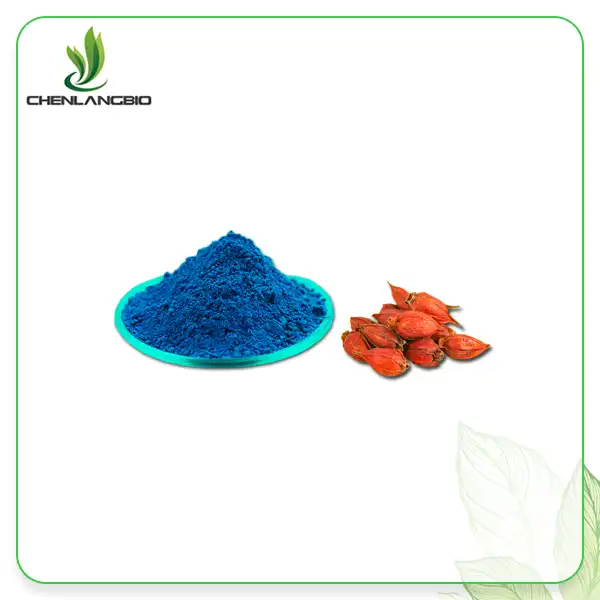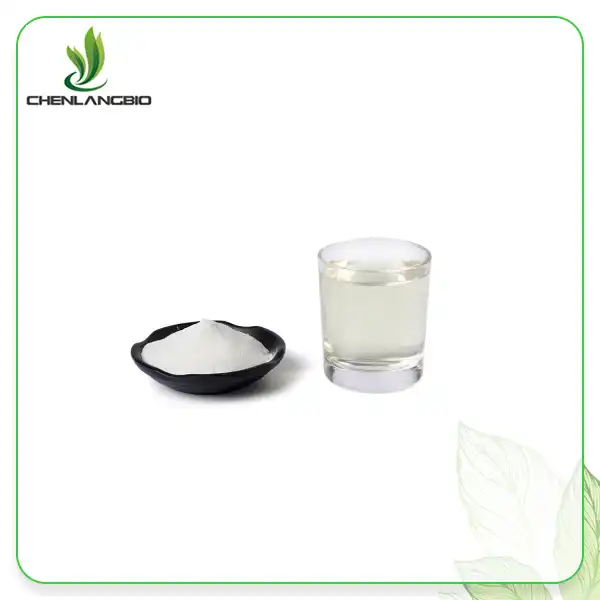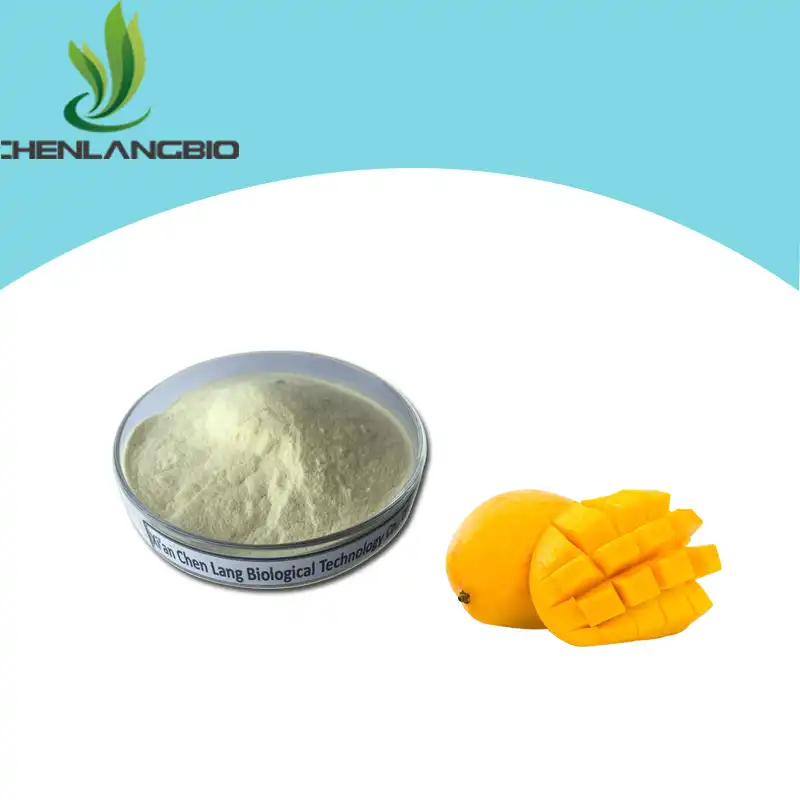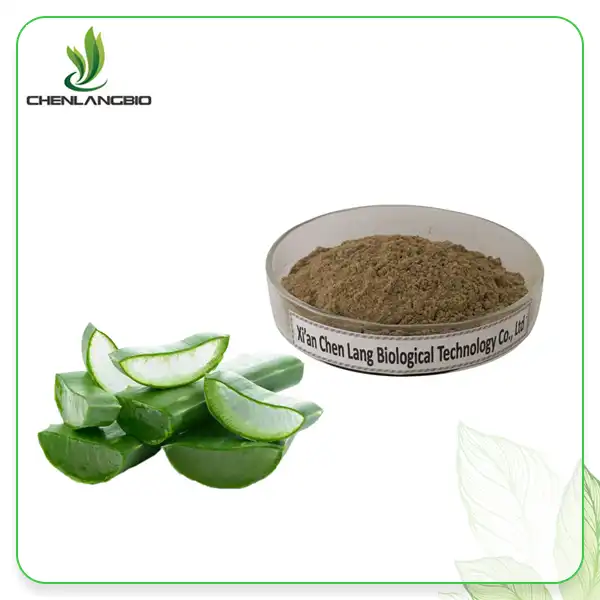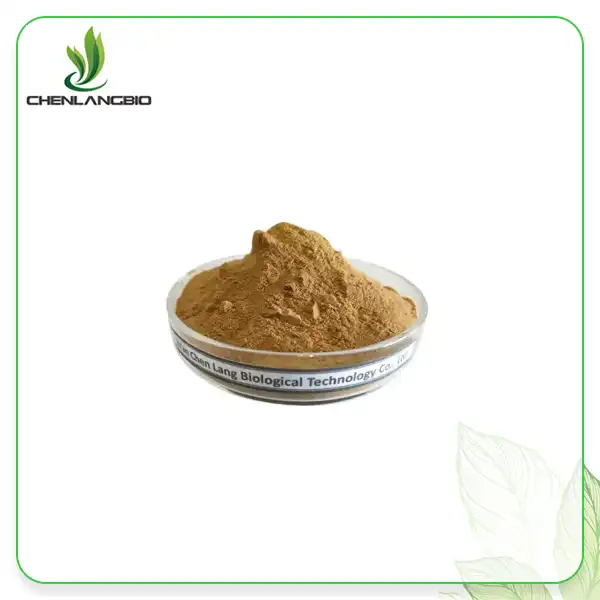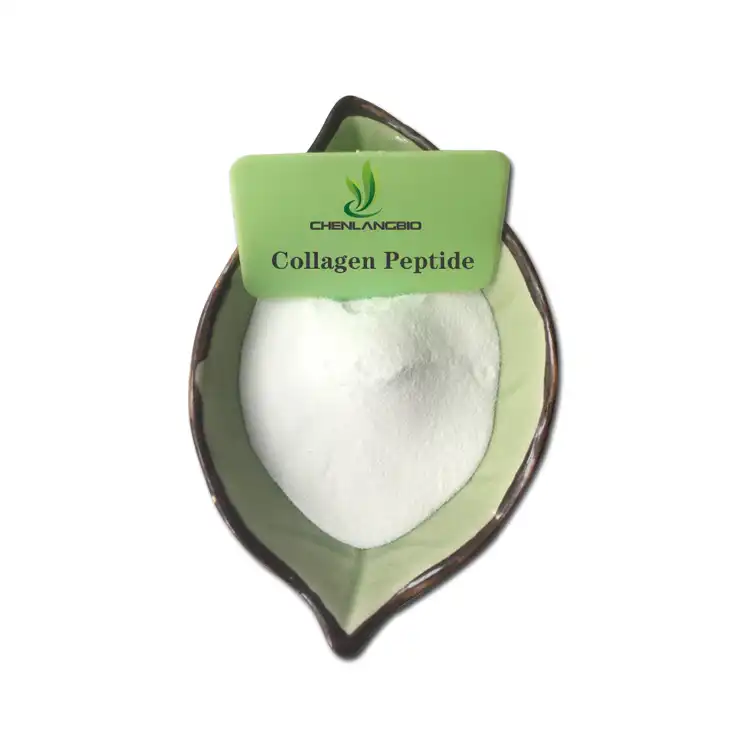Dutasteride vs Finasteride Hair Loss: Which Treatment Offers Better Results
2025-11-19 13:18:15
Hair loss, particularly androgenetic alopecia, remains one of the most frustrating concerns for men worldwide. While lifestyle factors and genetics both play roles, the common thread linking most cases is the same: excessive activity of dihydrotestosterone (DHT). This is where finasteride powder and dutasteride enter the conversation. Although both medications are widely recognized for their DHT-lowering capabilities, their pharmacology, effectiveness, and long-term performance differ in meaningful ways. Understanding those distinctions is essential whether you are a healthcare provider, formulator, brand owner, or bulk buyer sourcing raw powders for hair-loss solutions.
How Finasteride Powder Works?
Finasteride is a selective inhibitor of Type II 5-alpha-reductase (5AR), the enzyme most responsible for DHT production inside hair follicles. By blocking this enzyme, finasteride significantly reduces DHT levels both in circulation and within scalp tissue, slowing follicle miniaturization and allowing existing hair to strengthen over time.
Clinical data consistently show:
Approx. 60–70% reduction in circulating DHT;
Stronger impact on crown/vertex regrowth;
Noticeable density improvements within 3–6 months;
Peak visible results between 9–12 months.
For many patients in early- to mid-stage hair loss, finasteride offers reliable slowing of progression and measurable regrowth. Its long history of use and standardized dosing also make it a preferred foundation for many treatment plans.
How Dutasteride Works?
Where finasteride targets one form of the DHT-producing enzyme, dutasteride blocks Type I and Type II 5-alpha-reductase, creating a broader and deeper suppression of DHT activity. Type I 5AR is located not only in the scalp but also in sebaceous glands, meaning dutasteride influences DHT levels across wider tissues.
Studies demonstrate:
Up to 90% reduction in DHT, outperforming finasteride;
Greater improvement in both hair count and shaft diameter;
Faster visible results for many users;
Increased effectiveness in advanced male pattern baldness.
This heightened potency explains why dutasteride is often considered when finasteride results plateau, or when individuals present with more aggressive patterns of androgenetic alopecia.
Comparing Effectiveness: Which One Helps More Men Achieve Stronger Regrowth?
Across controlled clinical trials, dutasteride consistently outperforms finasteride in overall regrowth metrics. Long-term data show:
|
Metric |
Finasteride |
Dutasteride |
|
Circulating DHT Reduction |
~70% |
~90% |
|
Increase in Hair Count |
Moderate |
Higher & faster |
|
Crown/Vertex Response |
Strong |
Stronger |
|
Receding Hairline Response |
Limited for some users |
More favorable |
|
Long-Term Density Maintenance |
Good |
Excellent |
One landmark study found that dutasteride 0.5 mg produced almost twice the improvement in hair count compared to finasteride 1 mg after six months. Another multi-year study reported that men using dutasteride maintained regrowth longer and had lower recurrence of thinning over time.
This does not mean dutasteride suits everyone—but it provides a clear advantage for individuals requiring stronger, more comprehensive DHT suppression.
Safety and Side Effects: Understanding the Differences in Real Clinical Use
Both finasteride powder and dutasteride powder share similar safety profiles, as they influence the same hormonal pathway. However, the deeper suppression produced by dutasteride requires careful consideration.
Common points to compare:
Finasteride
•Well-documented, with decades of use;
•Lower risk of systemic effects;
•Preferred first-line therapy;
•Shorter half-life (approx. 5–6 hours), making adjustments easier.
Dutasteride
♦Longer half-life (4–5 weeks), meaning effects persist longer;
♦Slightly higher chance of libido-related side effects due to stronger hormonal suppression;
♦May cause more pronounced shedding during early cycles of treatment.
From a formulation standpoint, finasteride offers easier dose-control in both oral and topical blends. Dutasteride, while more potent, requires careful handling, batch consistency, and strict purity verification in bulk form—areas where an experienced raw-material manufacturer becomes essential.
Combination Use: Why Some Specialists Incorporate Both
Some hair-loss specialists choose to combine dutasteride and finasteride powder in difficult or fast-progressing cases, but the goal is not to “double the dose.” Instead, the purpose is to target different forms of the 5-alpha-reductase enzyme more precisely.
Finasteride blocks only the Type II enzyme, which is the main form inside hair follicles.
Dutasteride blocks both Type I and Type II, including the enzymes found in sebaceous glands and surrounding scalp tissues. These two enzymes work together in driving DHT buildup, especially in men with aggressive androgenetic alopecia.
Because these ingredients work at different strengths and in different scalp locations, some clinicians use them in a layered way—for example:
Oral dutasteride for steady, long-lasting suppression of circulating DHT
Topical finasteride powder formulations for targeted action directly at the hair follicle
This helps specialists control DHT more evenly across the scalp without pushing systemic levels too high.
Why Some Patients Benefit From This Approach
In practices using this strategy, doctors typically observe:
Faster stabilization of shedding, especially in rapidly receding patients
Better density in both the crown and the frontal scalp, which often respond at different speeds
Reduced “plateau effect”, where finasteride alone stops producing further improvement
More uniform regrowth, because both enzyme types are addressed
This combination is often used for:
•Men with advanced thinning (Norwood V–VI)
•Patients who improved on finasteride but stopped seeing progress
•Individuals preparing for or maintaining results after a hair transplant
Why Topical + Oral Combination Works Well
Topical finasteride powder (in compounding formulas) deposits directly into the follicle. This lets patients reduce systemic exposure while still lowering DHT inside the scalp. Dutasteride works in the background, keeping circulating DHT under long-term control thanks to its long half-life.
Together, the two treatments form a balanced, controlled, and predictable DHT-reduction plan, which is why some clinicians choose this approach when monotherapy is not enough.
Important Note
Combination therapy is not for everyone. A specialist usually considers:
How fast the patient is losing hair;
How they responded to previous treatments;
Their sensitivity to hormonal changes;
Their comfort with long-term therapy.
This is also why using high-purity raw ingredients (finasteride powder and dutasteride powder) matters—impurity levels, particle size, and formulation quality directly affect absorption and stability in compounded products.
Why Work With CHEN LANG BIO TECH as Your Finasteride or Dutasteride Supplier
As a professional raw-material manufacturer committed to pharmaceutical-grade standards, CHEN LANG BIO TECH delivers:
•ISO-certified production with validated GMP workflows;
•300–500 kg standing inventory for fast delivery worldwide;
•High-purity finasteride powder and dutasteride powder with full COA, HPLC, MSDS;
•Strict quality control using HPLC-ELSD, AFS, and micro-biological analysis;
•Professional formulation support for brands developing oral, topical, or compounded solutions;
•Consistent batch quality, critical for stable pharmacological performance;
•Customized packaging and private-label OEM capabilities.
Whether you are launching a new hair-loss line, scaling production, or sourcing a more reliable supplier, our team provides dependable technical support and stable supply for long-term commercial growth.
Conclusion: Which One Is Better for Hair Loss?
In the comparison of dutasteride vs finasteride hair loss, both treatments play valuable roles in modern hair-restoration approaches. Finasteride offers reliable, steady improvement with a favorable safety profile, making it ideal for early-stage hair loss. Dutasteride, with its broader enzyme inhibition and stronger DHT suppression, delivers more powerful regrowth and long-term protection, especially for individuals with more advanced patterns.
The true answer depends on the individual's condition, treatment goals, and tolerance. With proper sourcing, quality control, and formulation support, both ingredients can provide exceptional results when used correctly. Please contact our email: admin@chenlangbio.com if you want to more information about dutasteride and finasteride powder.


